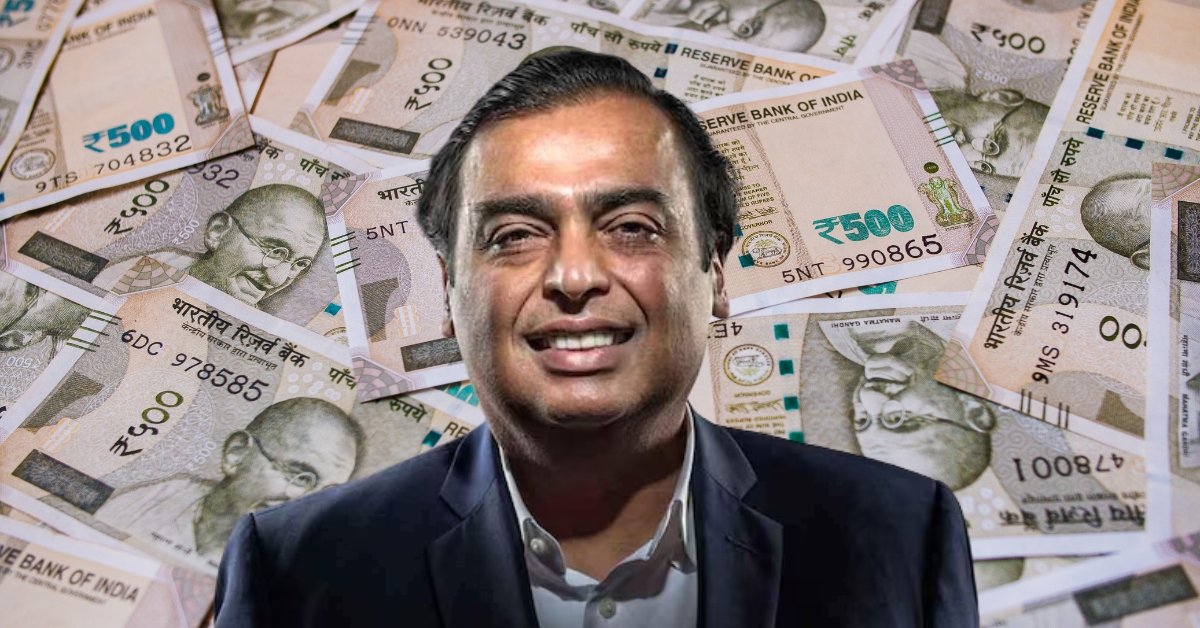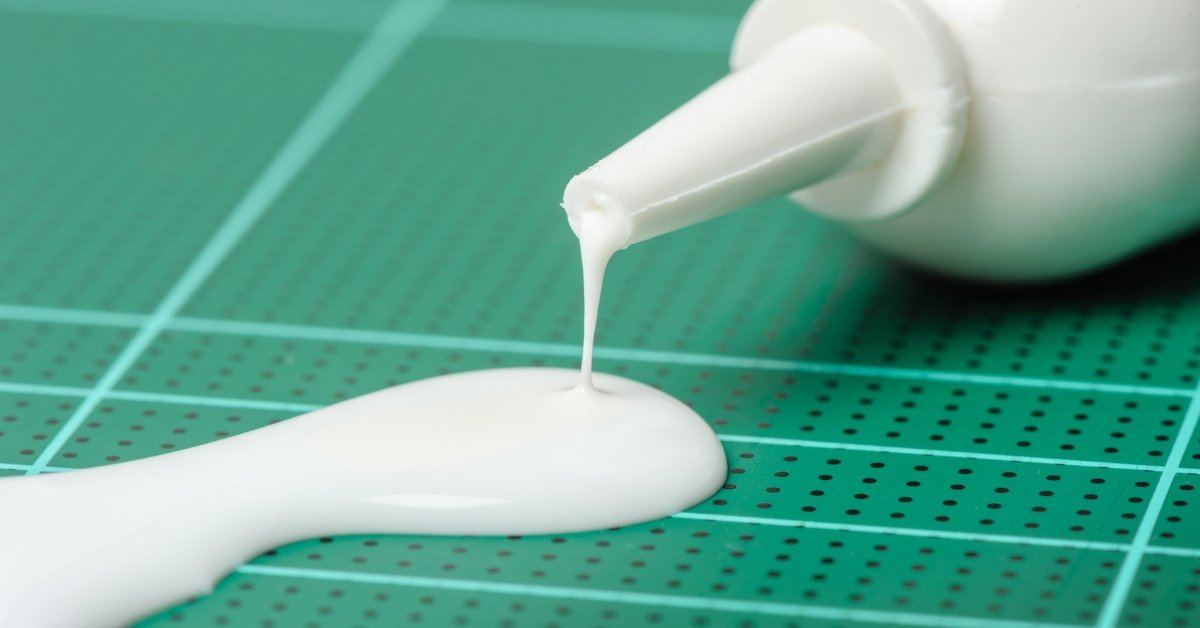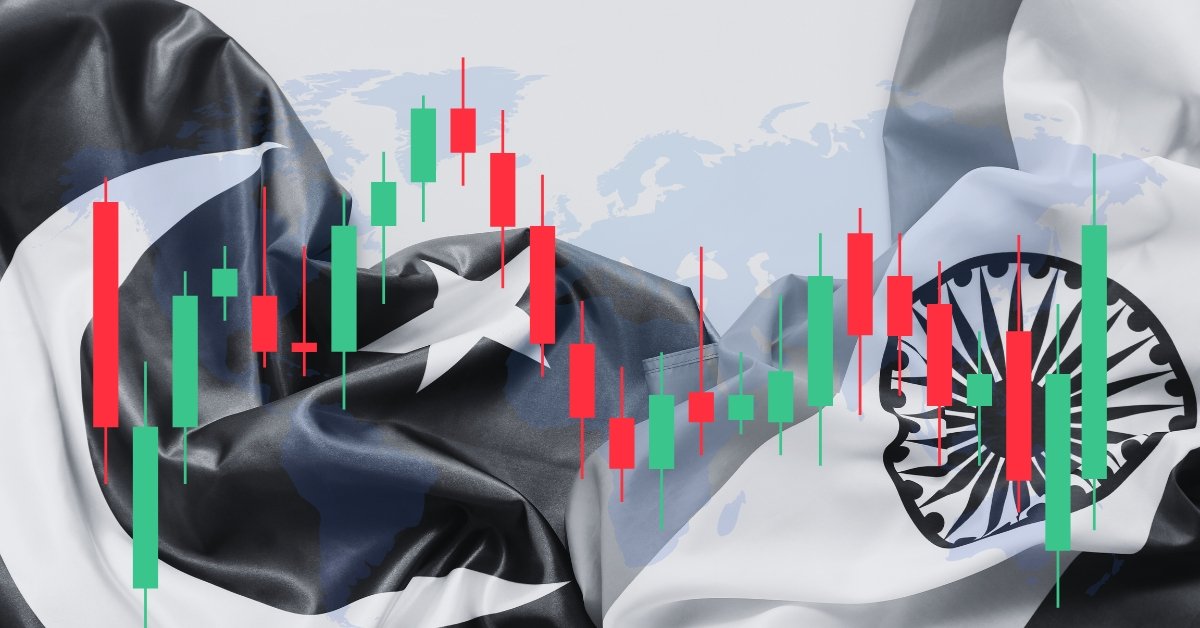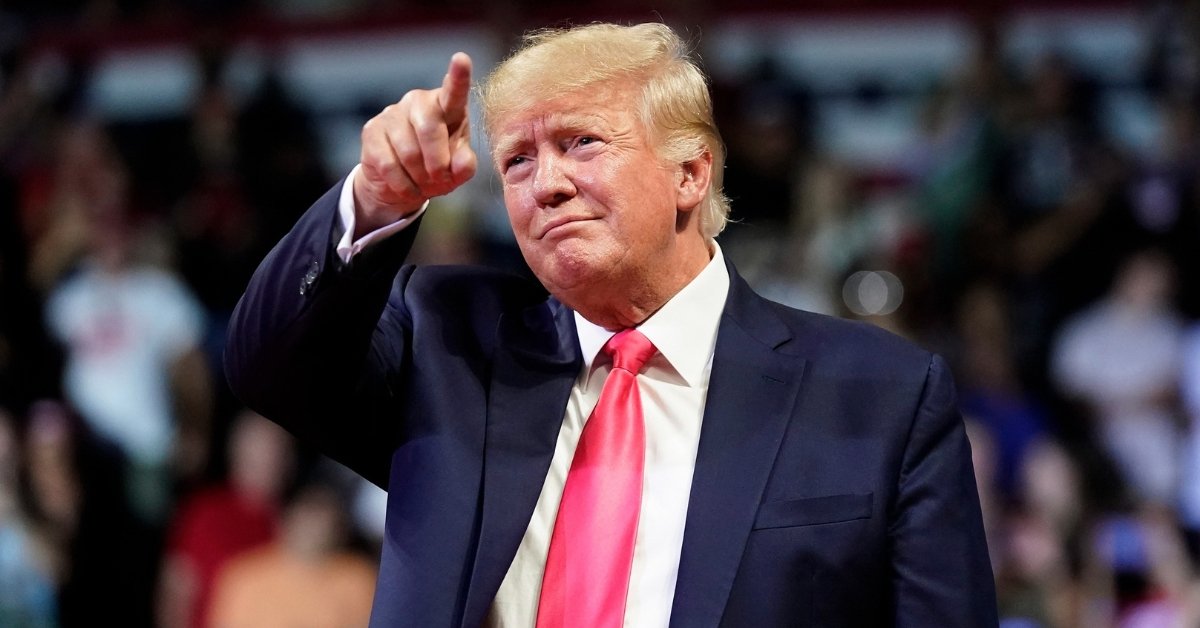How Ambani gains from Russian oil while Indians deal with high fuel costs, US tariffs. Gadkari’s ethanol role, Adani’s US troubles, why Modi is quiet on Trump.
Table Of Contents
Hey everyone, it is us again from THOUSIF Inc. – INDIA.
We are chilling at home with my morning coffee, scrolling through the news, and thinking about how India’s oil and fuel situation feels like a big puzzle.
Prices at the pump are still high, even with all this talk of cheap oil from Russia and adding ethanol to make things greener.
Today, let us chat about who is really making money from this and why regular folks like us are not seeing the benefits.
We will keep it straightforward, using easy words, and stick to the facts from recent reports as of August 5, 2025.
No fancy terms, if something needs explaining, we will break it down.
Scooping Up Discounted Russian Oil: The Main Player
Since the Ukraine situation started in 2022, Russia has been selling oil at lower prices to countries that will buy it.
India jumped in, going from almost no Russian oil to getting about 35 to 40 percent of our supply from there.
However, who is doing most of the buying?
It is Mukesh Ambani’s company, Reliance Industries.
They run huge refineries and have been grabbing a big share of this cheap oil.
Ship data shows Russia supplied a large part of Reliance’s crude this year, with private refiners like them handling nearly 60 percent of the 1.8 million barrels per day India imported from Russia in the first half of 2025.
It is coming in at a discount, sometimes five to seven dollars less per barrel than oil from other places.
That sounds like a good deal for India, right?
However, the savings do not always reach everyday people.
India’s imports from Russia hit over 1.75 million barrels a day from January to June 2025, up one percent from last year.
That is a massive jump from just 68,000 barrels a day in January 2022.
With US President Trump now slapping tariffs, things are getting tricky.
State-owned refiners have even paused some buys because of the pressure.
This shift has helped India save billions in foreign cash, but it also draws attention from the US.
Russia is now our top oil supplier, ahead of others like Iraq or Saudi Arabia.
For Ambani, this means lower costs for his refineries, like the big one in Jamnagar, which is one of the largest in the world.
It processes crude into useful fuels, and with discounts, the company can keep operations running smoothly.
However, why focus on Ambani?
Because Reliance, along with another private player like Nayara Energy, accounts for more than 50 percent of the Russian oil coming in during 2025.
They have long-term deals, like with Russian producer Rosneft, ensuring a steady supply even when prices fluctuate.
This is not just about buying oil; it is about turning it into a business advantage.
Turning Oil Into Profits: Exporting The Good Stuff
Buying cheap is step one.
What happens next?
Reliance refines the oil into diesel and jet fuel and then sells a lot of it to other countries, including Europe and the US.
They have made serious money from this.
India’s overall exports of refined oil products reached around 7,823 billion Indian rupees in fiscal year 2023, which is about 93 billion US dollars, with private companies like Reliance leading the way.
However, here is the thing: while companies profit, fuel prices at home stay high.
Why?
Taxes take a big cut, and the discounts are not fully passed on to us.
With Trump’s 25 percent tariff on Indian goods now in effect, which he calls a penalty for buying Russian oil exporters, they might feel the pinch.
Analysts say switching suppliers could increase India’s import costs by nine to 11 billion dollars.
Moreover, who pays in the end?
Not the big firms as much as small businesses and regular folks, through higher prices or slower growth.
Thanks to the discounted crude, refiners like Reliance have seen high margins, sometimes over $12 per barrel.
This windfall comes from exporting refined products to places where prices are higher.
For example, even as Europe bans direct Russian oil, it buys refined stuff from India.
It is a smart business move, but it raises questions about whether the benefits will stay in India or go abroad.
India’s total oil imports rose to about 5.2 million barrels per day in the first half of 2025, with Russian share holding steady despite some dips in July.
Private players keep buying because the deals are locked in, while state firms hesitate over US pressure.
This setup helps keep India’s energy secure, but at what cost to trade relations?
The Hit From US Tariffs: Everyday People Feel It Most
Trump is not happy.
He says India’s oil buys are helping Russia’s actions in Ukraine.
So, starting in 2025, a 25 percent tariff will be placed on Indian exports to the US, covering things like clothes, medicines, and car parts.
He even threatened to raise it more, calling it a substantial increase.
This is not just talk.
It could hurt India’s economy, leading to tougher times for exporters and possibly higher costs for everyone.
India fired back, saying it is unfair that the US and Europe still trade with Russia in things like uranium and gas.
Our government calls it hypocrisy.
However, for now, the tariffs mean challenges for small businesses that rely on the US markets.
Russia has weighed in too, accusing the US of illegal pressure.
India plans to keep buying Russian oil despite the threats, as officials say it is in its interest.
This standoff is about more than oil; it is about balancing friendships with the US while securing cheap energy.
Adding Ethanol To Fuel: A Green Move Or Family Boost?
Nitin Gadkari, our roads minister, has been pushing hard to mix ethanol into petrol.
India reached 20 percent blending in 2025, ahead of the original 2030 target.
Ethanol comes from sugarcane and other crops.
The goal is to cut pollution, help farmers, and save on oil imports.
Production has jumped from 38 crore liters in 2014 to 661 crore liters by June 2025.
However, some say Gadkari’s family benefits.
His relatives are tied to sugar and ethanol firms through companies like Purti Group, Manas Agro, and Cian Agro.
These handle sugar plantations, distilleries, and ethanol production.
Gadkari founded some of these, and higher demand for ethanol means more business for producers.
He says it is all about going green and boosting the economy, but critics point out the links.
Who loses?
Drivers.
Ethanol can lower mileage by one to two percent in tuned vehicles, but up to five to seven percent in others, because it has less energy than pure petrol.
Older cars, especially those made before 2023, might see engine problems like rust or wear.
Plus, using crops for fuel can push up food prices, like sugar.
To show the ups and downs clearly, here is a simple table:
| Side | Wins | Losses |
|---|---|---|
| Environment | Less pollution from cleaner burn | More water is used for growing crops |
| Economy | Saves money on oil imports, helps some farmers | Lower mileage means more fuel buys, higher food costs |
| Consumers | Potential for greener driving | Engine fixes for old cars, extra trips to the pump |
It is not all bad, but the costs hit regular people.
The government says no major side effects, but car makers and users flag concerns.
Ethanol blending has saved foreign exchange, but the full picture includes these downsides.
The push continues, with talks of going beyond 20 percent.
Gadkari even suggests sugar factories open their ethanol pumps for extra income.
This could add to the economy, potentially three percent of GDP from sugar alone.
However, for now, it is a mix of green goals and business ties.
Why Fuel Costs Stay High: No Easy Answers
With cheap Russian oil and ethanol, you would think pump prices would drop.
Nope.
On August 5, 2025, petrol is 94.72 rupees per liter in Delhi, 104.21 in Mumbai, and around 103 in Kolkata. That is still in the 90 to 100-plus range across cities.
Why?
Heavy taxes, over 50 percent of the price goes to the government, like central excise and state VAT.
Plus, the rupee’s value, global ups and downs, and blending costs add up. Some say refiners keep the discounts for themselves.
If you complain, you might hear anti-national thrown around.
However, really, the savings help keep inflation low overall, even if not at the pump.
As of August 4, 2025, crude prices were around 71 dollars per barrel, but that does not directly translate to lower retail prices.
The system is dynamic, changing daily at 6 a.m., but big drops are rare.
Ethanol, with its infrastructure for blending, also adds to costs.
Adani’s Trouble in the US: A New Probe?
Gautam Adani is facing heat from the US.
In November 2024, he was indicted for alleged bribes worth 265 million dollars to win power deals.
Now, in June 2025, there is a probe into whether his companies imported gas from Iran, breaking US sanctions through Mundra port.
Adani denies it, saying no charges under US anti-corruption laws.
The Department of Justice is investigating liquefied petroleum gas shipments.
If true, this could result in big fines.
Adani calls this baseless, but it is another headache for his group, which covers ports, energy, and more.
His team even met Trump officials in May 2025 to push for ending the bribery case.
The indictment wiped billions from his companies’ value, but stocks bounced back somewhat.
Modi’s Quiet On Trump: Linked to Adani?
Why hasn’t PM Modi spoken much about Trump’s jabs? Some link it to Adani’s cases.
In February 2025, during a US visit, Modi dodged questions, saying leaders do not discuss individual issues.
Congress accuses Modi of staying silent while Trump talks nonsense against India.
Modi and the BJP stay focused on India’s interests, but their silence raises eyebrows.
On tariffs, Modi urged buying local to counter threats.
The opposition says Modi works only for Adani, but that is political talk. Politics as usual?
The Blame Game: Pointing Fingers At History
When things go wrong, high prices, tariffs, and probes, who gets blamed?
Often, it is Jawaharlal Nehru or Rahul Gandhi.
The BJP says old Congress policies caused today’s problems, like the economy.
They slammed Rahul for echoing Trump’s dead economy remark, calling it shameful.
Rahul fired back, saying everyone knows the economy is struggling except Modi and the finance minister.
BJP hits him for undermining India.
However, current problems need current fixes. Blaming the past does not lower your fuel bill.
A Cool Fact To Chew On
Here is something interesting: India’s Russian oil purchases have jumped 25 times since 2022, making Russia our top supplier and saving billions, but it has also put us in Trump’s crosshairs!
There you have it, friends.
From Ambani’s oil deals to Gadkari’s ethanol push, Adani’s legal woes, and the political back-and-forth, it is clear that big players win while we deal with the fallout.
Let us hope for more fairness and lower prices soon.
Thanks for hanging out with me at THOUSIF Inc. – INDIA.
Check our other pieces on India’s economy and business.
What is your thought on fuel costs?
Drop it below!
Catch you next time.






